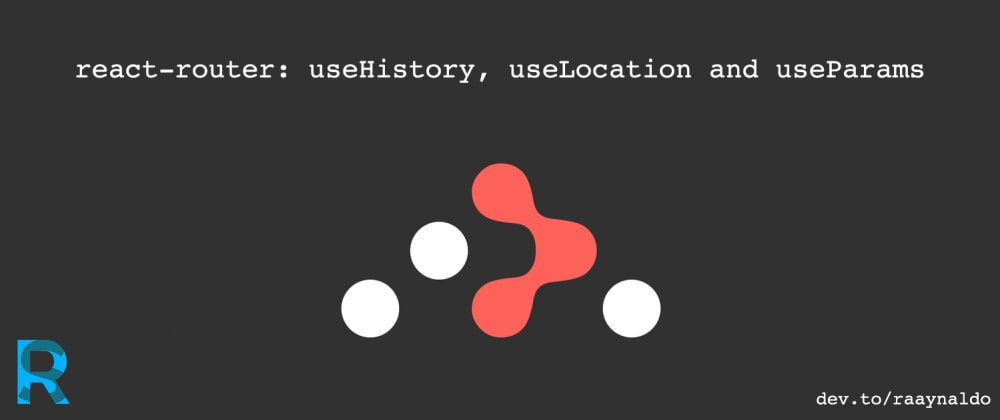
router-dom // some component you made import Title from.

react-router is an easy and potent way to handle navigation in our React apps. Note: You can only use () function inside the component page that already listed on your project route, or simply use the withRouter() HOC if the component is not available in the route list. React router and -how to pass state to (2). Now we are able to pass props to our components and navigation will work as expected.
React router dom pass props how to#
Declare mean how to write code and pass parameter, state, props, and. If you find yourself using both, it’s OK to get rid of React Router since you already have it installed as a dependency within React Router DOM. In other words, you don’t need to use React Router and React Router DOM together. Then, we simply use props.data to access the props. pass parameters in react-router-dom Link Component with two basic steps. React Router DOM contains DOM bindings and gives you access to React Router by default. Below we create M圜omponent that receives props via Route elements render() method. However I don’t know how to pass the appropriate props depending on the component that matches when having my routes in a separate config file. In this article, we would like to show you how to pass props to a child component using React Router. Let’s say we want to move to the dashboard page, all we need to do is: class M圜omponent extends React.Component ) I am using React Router v6 with all routes in a single config file, hence, making use of to render the child. The only drawback of history.state object is that it’s limited to 640k characters when it’s been serialised. ajax angular angularjs api arrays asynchronous axios css d3.js discord discord.js dom dom-events ecmascript-6 express firebase forms function google-apps-script google-chrome google-cloud-firestore google-sheets html. When you pass the props through state, react router persists to the history.state which is using the history API that can be accessed in browsers through the DOM window object.

it’s possible to pass props directly via the Route component. We’ve covered React Router extensively, including how to use Hooks alongside and instead of React Router, how to use React Router with Redux, and other advanced use cases. It takes the first argument as a destination path and a second argument as the state. react-router pass props to handler component. Editor’s note: This React Router DOM tutorial was last updated on 11 August 2021.It may still contain information that is out of date.
Consider we have a

The Overflow Blog Column by your name: The analytics database that skips the rows (Ep. We can pass data in route using browser's History API, which is possible in React through a custom hook useHistory () available in react-router-dom. The history.push() function belongs to react-router-dom and used to move from the current page to another one. Browse other questions tagged javascript reactjs react-router react-router-dom or ask your own question. I'm trying with useOutlet hooks but I cannot found a way to modify the .element.props property and returning outlet.
React router dom pass props update#
Profile is the state component of view, create and update children component. I just wanted to note here that in the new API (see 1158) routes are just plain objects, so you can put whatever props you want on them.Your transition hooks will get a route arg and components will receive, so you should be good to go. I want to add props to Outlet's element but adding props to the component doesn't work. I'm trying with useOutlet hooks but I cannot found a way to modify the .element.props property and returning outlet.In this article, you will learn how to use in your react project. However there’s a discussion on this topic on the React Router github issues which provides good news.


 0 kommentar(er)
0 kommentar(er)
